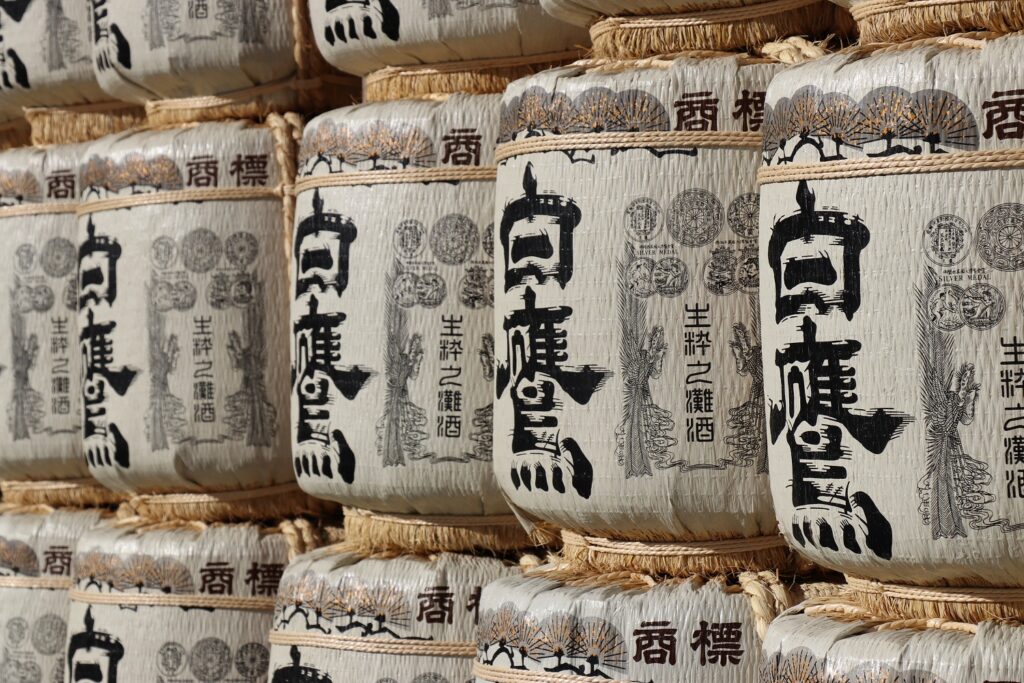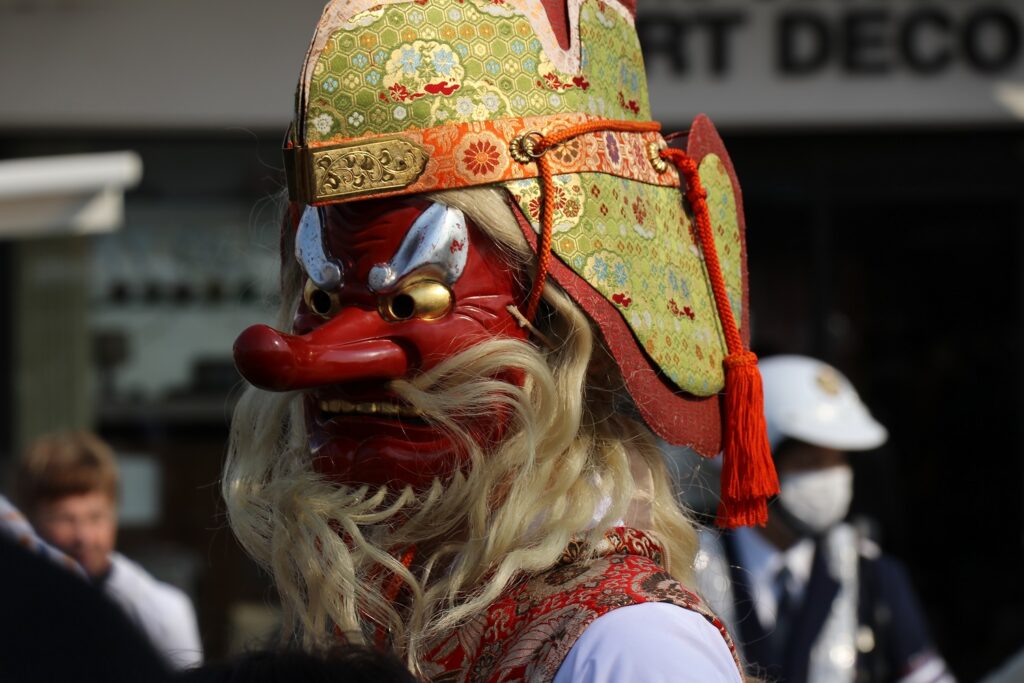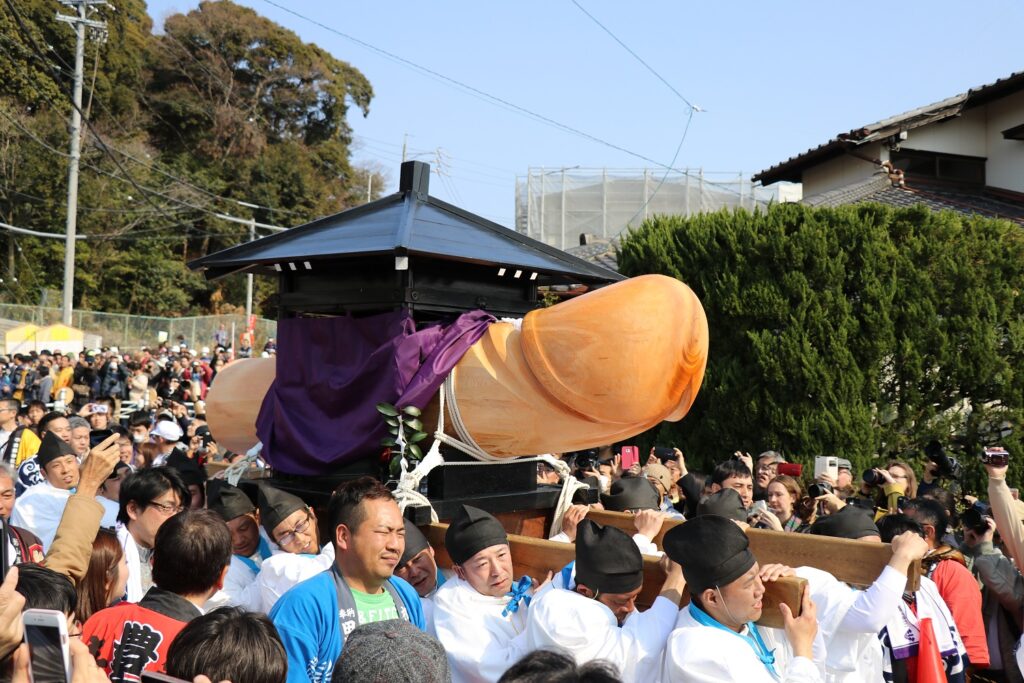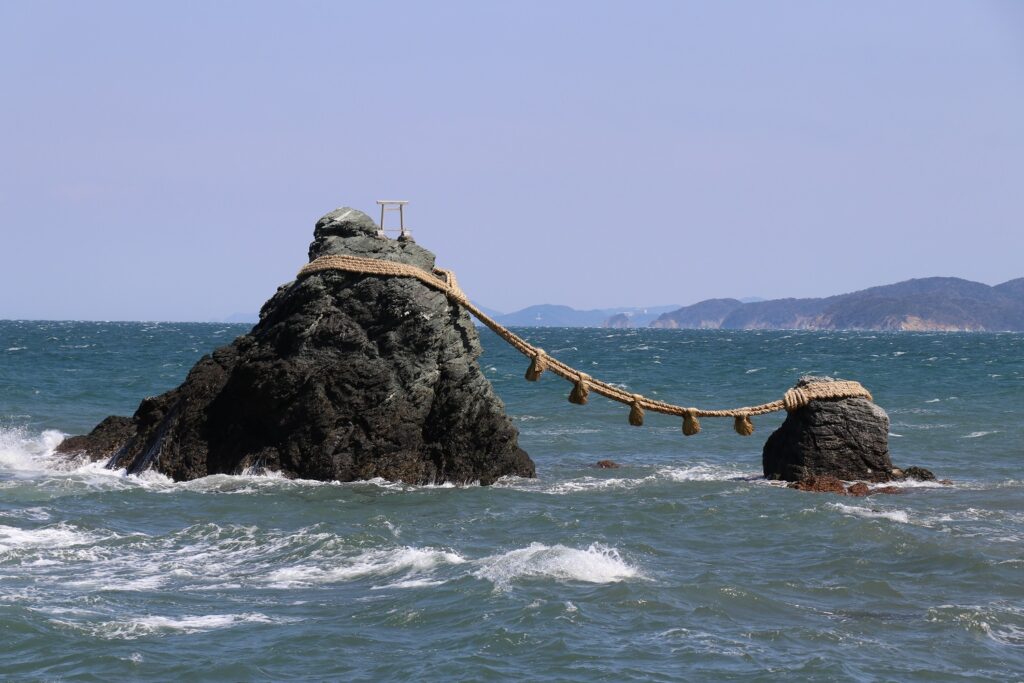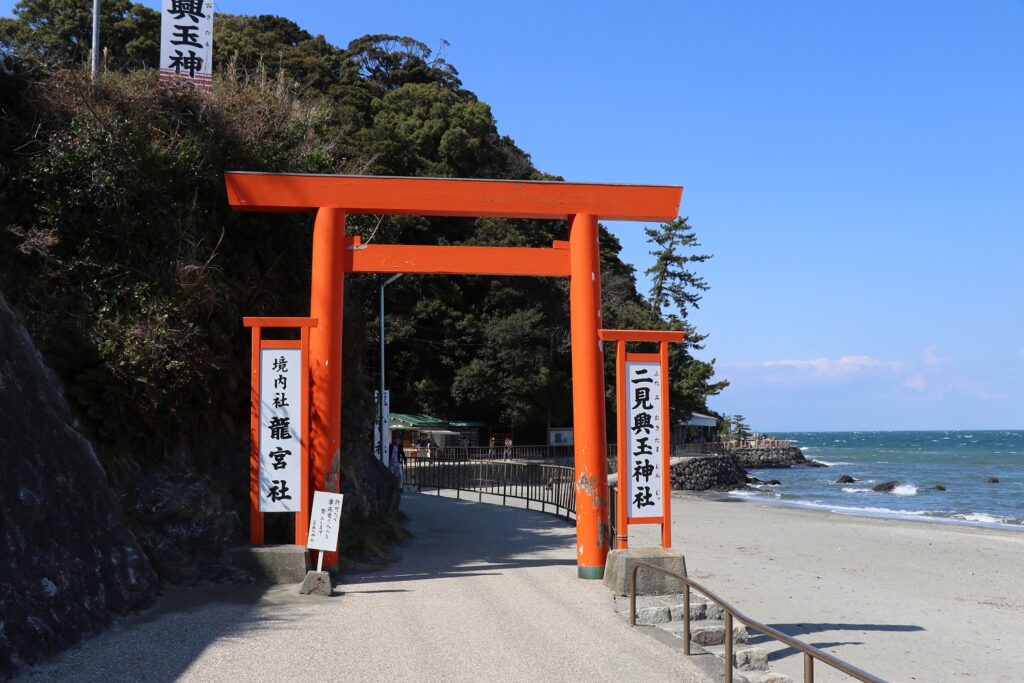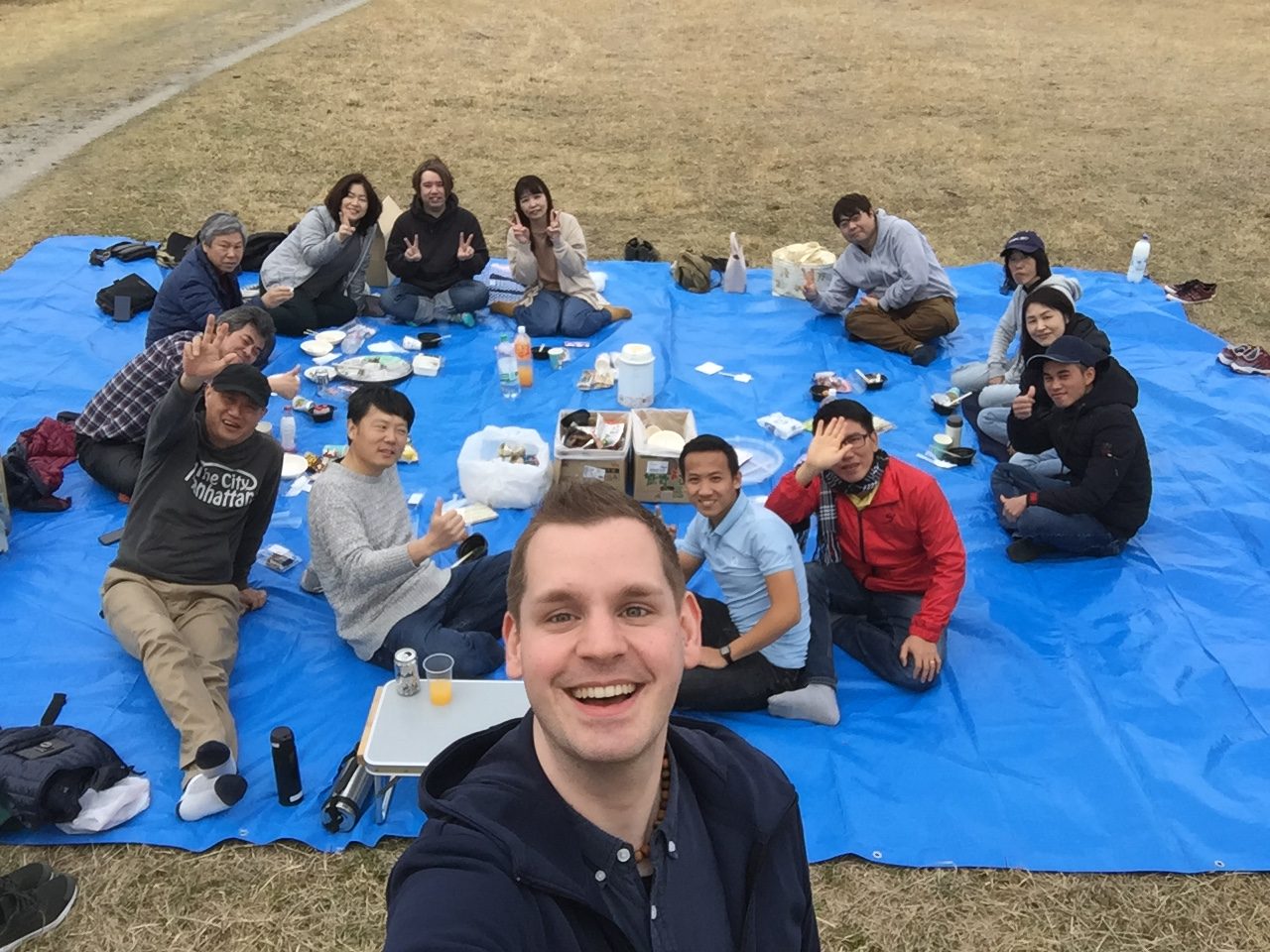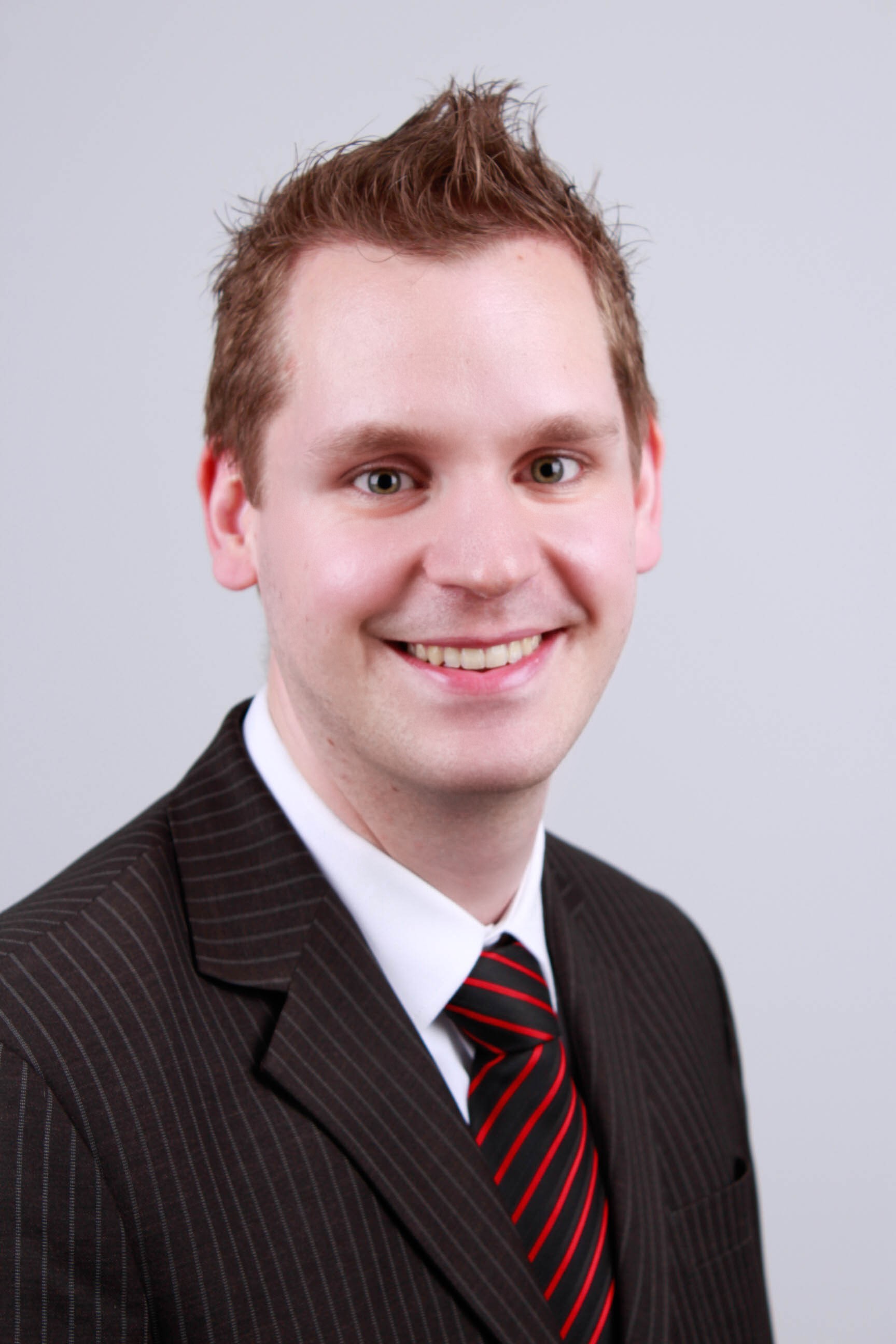My hopes for this internship were two-fold. Not only did I want to gain some work experience as engineer, I also wanted to have the informal exchange and personal growth that comes with being in a foreign culture.
From a work point of view, I learned a lot about high precision machining, especially electric discharge machining. In this process, a copper electrode uses electricity flow to locally heat up and remove material from a steel base material. Combining various electrodes allows not only for impressive precision but geometries that are not usually achievable by traditional machining, such as inner right angles, can be created as well. This was a new process to me and I was eager to learn about the possibilities and limits of this production method, as well as the design criteria for the electrodes. To do this, I created a few products out of my imagination by designing the electrode first and then producing the part from steel. After gaining some experience, I could design electrodes for customer ordered products, such as molds for hearing aid components or consumer electronics requiring tolerances on the micrometer level, as well as exhibition pieces. This allowed me to quickly gain in-depth knowledge, despite the short duration of the internship.




